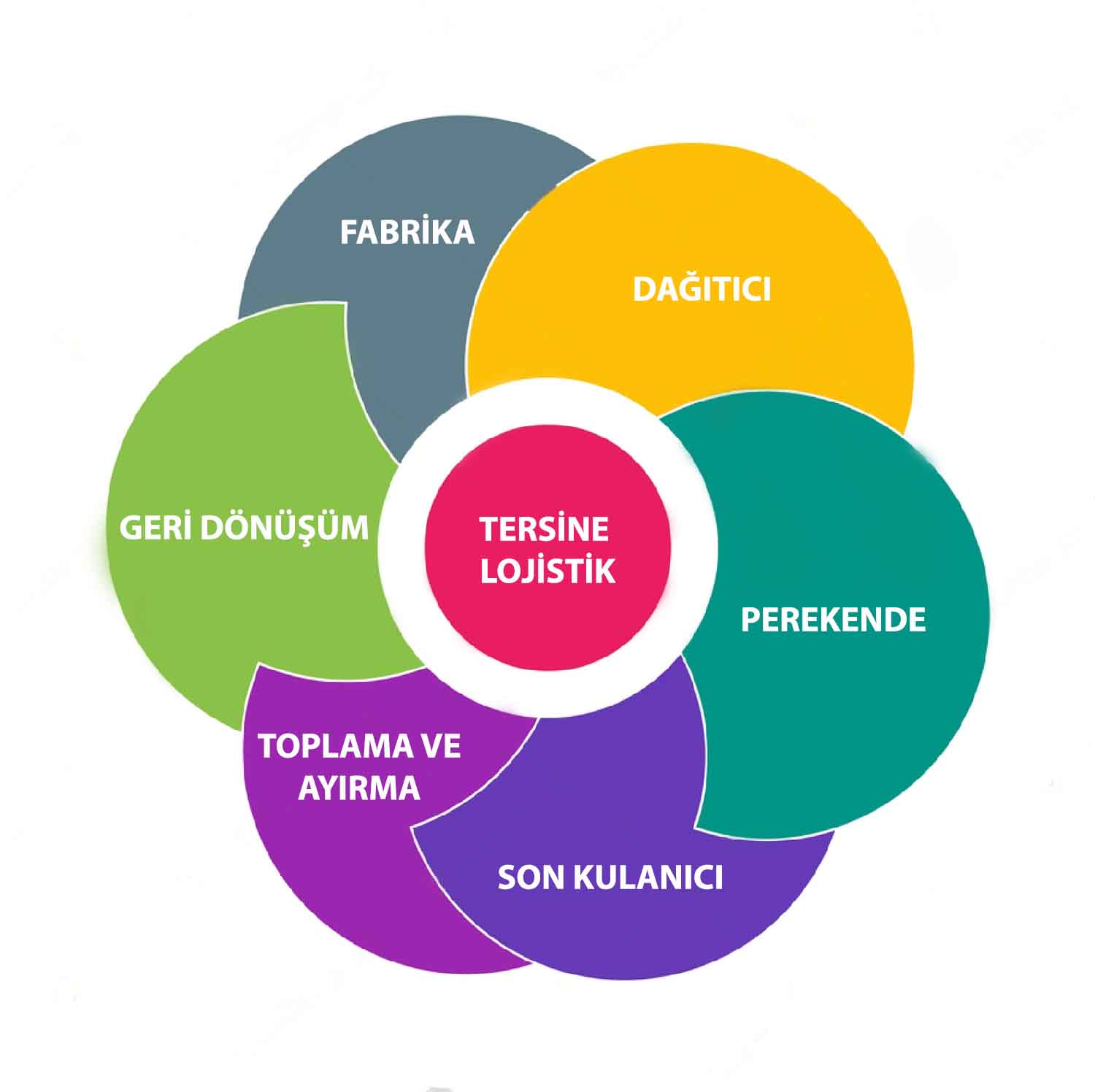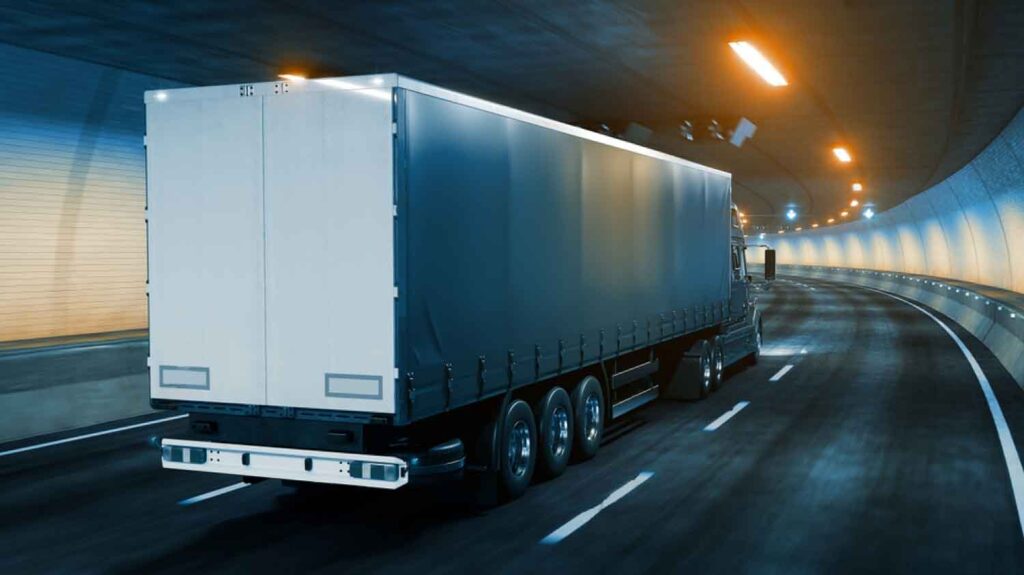
The concept we call reverse logistics can be simply defined as the transportation of raw materials in a way that allows them to be renewed, reintroduced into production, recycled, repaired or maintained for reuse, or restored to their original value using an appropriate transportation system. The logistics stages where materials that can be reused are transported, and which do not harm the environment, are carried out in accordance with European standards, in line with the purpose of the service provided, and are implemented and monitored accordingly.
The Process of Reverse Logistics Operations
The process in which reverse logistics operations occur is categorized into three different groups. These are economic, legal benefit, and ecological. The enforcement of laws and regulations with authorities, the collection of raw material products already present in the market, and the review of these at this stage are mandatory. The greatest economic benefit of reverse logistics is that the raw materials involved in production, while consuming energy during manufacturing activities, can have their workload further reduced through recycling activities.
Along with the benefits brought by the economy, energy and labor are released. Additionally, returning environmentally harmful waste and reducing environmental damage also bring ecological benefits.

What Are the Types of Reverse Logistics?
The features of reverse logistics, which involve returning a product to be recycled, making it reusable, or completely removing the product from production to minimize environmental harm, are quite important. The first concept that comes to people's minds regarding reverse logistics includes recycling raw materials or products, returning them to society, reusing unusable materials or substances, preventing and disposing of waste that harms the environment, and performing maintenance and repair activities. The sectors where reverse logistics is most commonly used are pharmaceuticals, automotive, chemistry, iron and steel, e-commerce, electronics, and construction machinery.
What Reverse Logistics Brings Back to Us
Before answering the question "What is reverse logistics?", the initial activities in reverse logistics operations can be exemplified as corporate social responsibility, recycling, strengthening and improving customer relations, and fulfilling environmental and legal responsibilities. With reverse logistics, products that are no longer usable, have reached the end of their lifespan, or have deformed and lost their value due to usage can often be returned to us without being destroyed.
You can also review our blog content titled "What is Logistics?"
Especially products that comply with new consumption rules have a limited lifespan but can be reused and evaluated without waste because of their previous popularity. With recovery, the energy used in the re-production process of a product, along with labor and raw material costs, is reduced, providing us with significant economic benefits. Additionally, reverse logistics helps eliminate environmental problems.
Companies Performing Reverse Logistics
Companies engaged in reverse logistics are characterized by planning to either reuse or dispose of products during the process, aiming to preserve the value of the products or to facilitate the flow from consumption to production. It is of great importance to recycle or dispose of products and to make them reusable again. Reverse logistics is a system carried out carefully and securely with expert teams within the company.
Damage during the procurement phase, delivery being damaged, or failure to meet the required conditions during the inspection process are considered reverse logistics. Incorrect or incomplete execution, a product with a shortened lifespan, repairs made for returns, or re-evaluation of a product for any reason are examples of activities classified as reverse logistics.
Elements of Reverse Logistics
Among the supporting elements of reverse logistics, it is necessary to provide professional flow in logistics, ensure good communication networks, and share all necessary information to leave behind prejudices and problems related to the re-evaluation of products. Proper and sufficient tracking of a product's process, designing all stages within the reverse logistics network, conducting inspections within the scope of implementation and planning, and raising consumer awareness through campaign management for recyclable products are essential. If you want to get detailed information about reverse logistics, you can contact our company and find answers to all your questions.
Reverse logistics is an increasingly important part of the supply chain that has gained more attention in recent years. It involves planning, implementing, and controlling the efficient and cost-effective flow of goods, services, and related information from the point of consumption back to the point of origin. Characterized by its complexity, reverse logistics requires significant coordination among various stakeholders such as manufacturers, distributors, retailers, customers, and third-party service providers. Companies benefiting from reverse logistics can increase customer satisfaction with their products and services while reducing costs related to return management.


